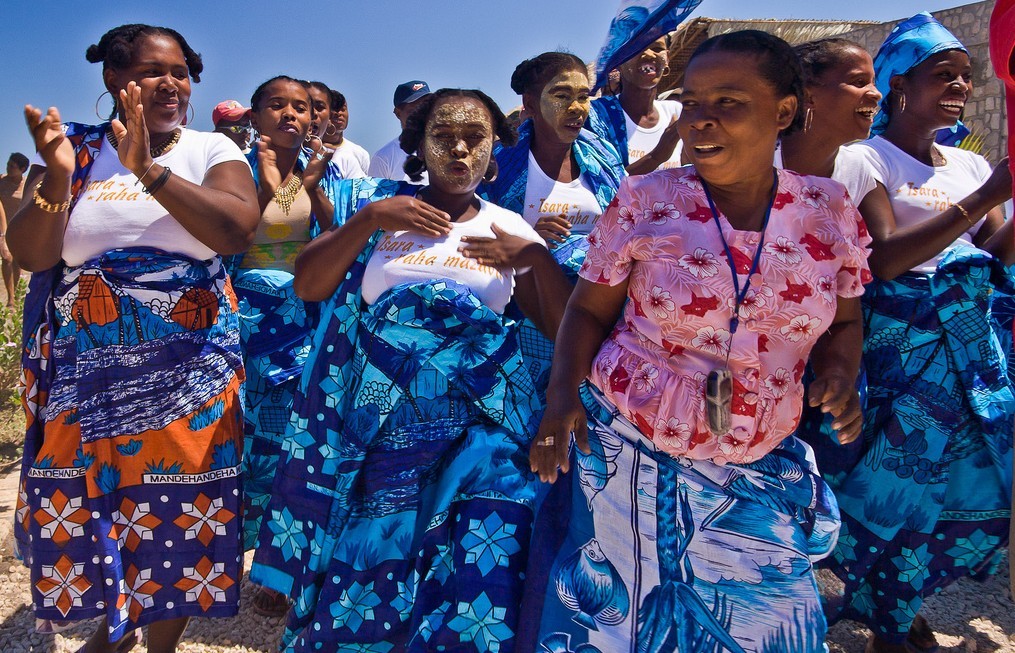Once having an empire that ruled over almost half of the island, one factor that separates the Sakalava people from other Malagasy groups is that they do not dig up and rebury their ancestors under the ceremony known as the famadihandy. However, they respect and honor royalty – both living and dead – and this is evident in their caste system, which has descendants of royalty at the top of the hierarchy followed by nobles and commoners.
Occupying Madagascar’s western coastline, the Sakalava people, founded in the 15th century by Andriamisara, were the first to form an empire in Madagascar in the late 16th century, which developed along the southwestern coast.
Despite splitting into two allied kingdoms in the mid-17th century, the Sakalava extended their rule over nearly half of the entire island throughout the 18th century. Then a sea-faring people, they traded cattle and slaves with Europeans for guns and other manufactured goods.

With their guns, the Sakalava people had power over other coastal Malagasy groups, enabling them to capture more slaves in the Comores, East Africa and the highlands of Madagascar. The coastal town of Mahajanga in the Sakalava region became one of the big slave-trade ports.
“For centuries, they [Sakalava] dominated the west, conquering by force, absorbing, enslaving and intermarrying with less powerful groups such as the cave-dwelling Ankarana and Vazimba, who may have been the first humans on the island, presumed to have sailed from what is now Mozambique,” writes Rough Guides.
But in the late 18th century, the Sakalava state began to decline and was later overthrown by another Malagasy ethnic group – the Merina. Having also acquired access to arms, the expanding kingdom of Merina started a war with the Sakalava and subsequently took over their rule until the 1890s when the French colonized Madagascar and overpowered both groups.

Today, with the mix of African and Indonesian elements in Malagasy culture, the Sakalava people, also known as ‘people of the long valleys,’ can largely be recognized by their curly hair and black skin.
Numbering 1.4 million, they can be found across a third of the island with their territory being encroached upon by other ethnic groups such as the Merina and Betsileo who are there in search of farmland. Now semi-nomadic pastoralists, the Sakalava people also grow rice and keep cattle as a sign of wealth and for use in sacrifices.

With a strong belief in sorcery and witchcraft, their religious practices and beliefs are also closely linked to royal affairs. Among the Sakalava people, royal ancestors, or tromba, who are the spirits of dead royalty, form the basis of their religion.
Thus, they are known for their spirit possession ritual which often takes place at a rising full moon. During this ritual, a diviner, mostly a woman, invokes the spirits or tromba of royal ancestors who once ruled the southwestern part of the island.
“The ritual begins with a traditional polyharmonic song accompanied by hands clapping with accordionist providing it some rhythms. Venerated and honored, the invoked spirit manifests its presence by speaking through the mouth of its host, the possessed diviner. Family problem, theft, marriage, illness … the invoked ancestors would advise the living in whatever they are asked for,” writes malagasya.com.
In recent times, however, Islam and Catholicism have made inroads into Sakalava communities to the extent that some practice their traditional religion alongside these religions.










